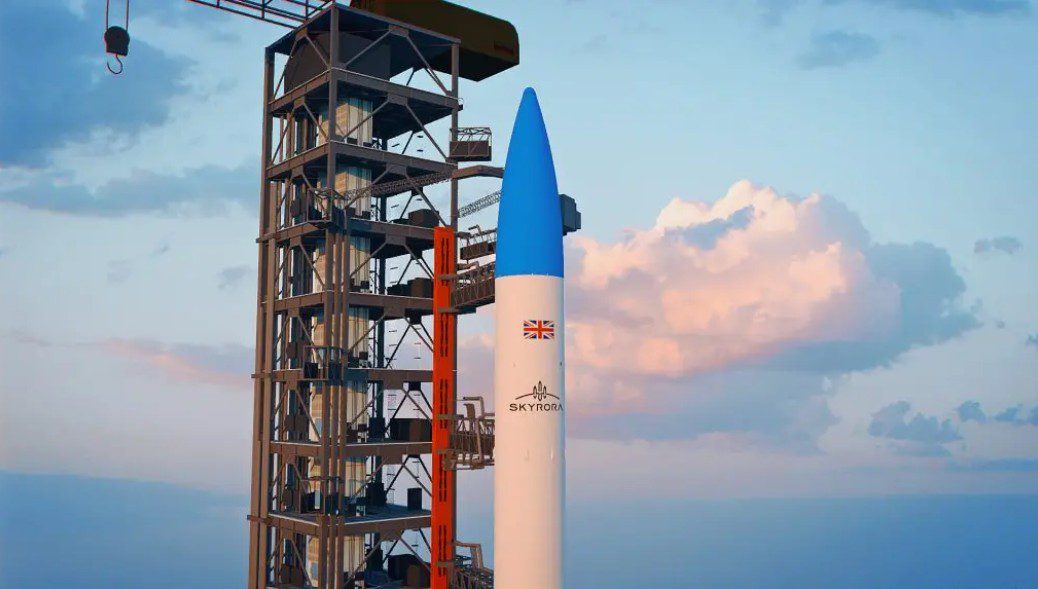The US Federal Aviation Administration has posted to the US government’s federal register today its Environmental Assessment (EA) that found no significant impact in the operation of the Space Exploration Technologies (SpaceX) Falcon 1 and 9 rockets and Dragon spacecraft from Cape Canaveral Air Force Station
The [EA] analyzed the environmental consequences of conducting up to twelve Falcon 1 launches per year and up to twelve Falcon 9 launches per year starting in 2008 for the next five years
The US Air Force had already concluded on 21 December 2007 that there would be no significant impact
Interestingly the FAA assessment states that Cape Canaveral space launch complexes 37 and 47 were both considered as alternatives for the Falcon rockets. The FAA’s EA also examined the reentry and recovery of SpaceX’s Dragon capsule as it will go towards the FAA launch operations and Dragon reentry licences the company will need
The FAA assessment also reveals that as well as the previously stated landing area of the Californian coast for Dragon, the other two landing zones are the Atlantic ocean, east of Flordia, (for launch aborts I guess) and the equitorial Pacific, near the Marshall islands
I have been told by ‘sources’ that there is a typo in the FAA-posted notice. It says the alternatives were launch complexes SLC 37 and SLC 47. The Air Force finding, signed 12/21/07, highlighted SLC 36 and SLC 47. SLC 36 was the old Atlas II launch pads that were no longer in use. SLC 37 is the Delta IV launch pad



